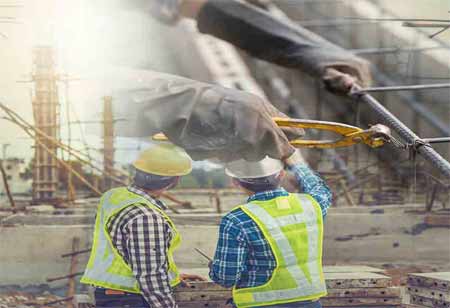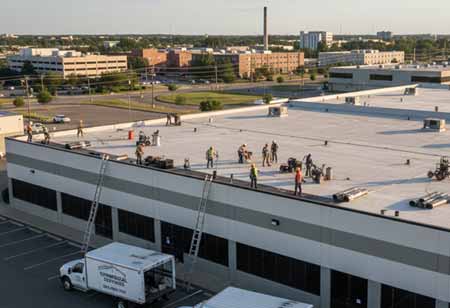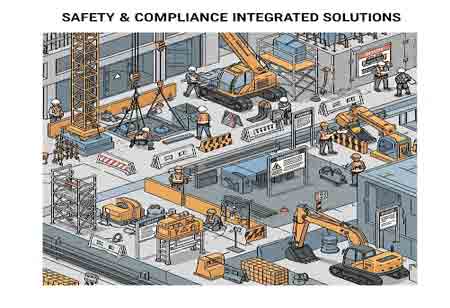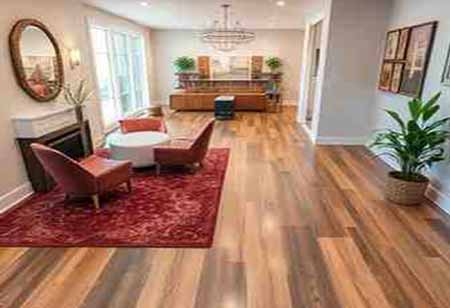Thank you for Subscribing to Construction Business Review Weekly Brief
Specials
- Apartment and Condominium Contractors Canada
- Decking Canada
- Architectural Glass Europe
- MEP APAC
- Construction Saudi Arabia
- German Apartment and Condominium Contractors
- Construction Law APAC
- Outdoor Construction
- Foundation Construction Canada
- MEP Canada
- Kitchen and Bath
- Cold Storage Construction APAC
- Precast Concrete Europe
- Construction Staffing Europe
- Pre-Construction Services
- Flooring System APAC
- Scaffolding Canada
- Swimming Pool Construction Canada
- Construction Management Canada
- Cold Storage Construction Canada
- Flooring Systems Europe
- Residential Construction
- Concrete Canada
- Construction Cladding Europe
- Construction Cladding APAC
- Concretes, Aggregates and Construction Materials APAC
- Concretes, Aggregates and Construction Materials Europe
- Commercial Contractors Europe
- Commercial Contractors APAC
- Dummy
- Construction Insulation, Coating and Waterproofing
- Construction Management APAC
- Landscaping Canada
- Construction Coating Europe
- Construction Tech Startups Europe
- Insulation Services Europe
- Mechanical Contractor Canada
- Mould Remediation and Testing Europe
- Swimming Pool Construction APAC
- Building Sealing Solutions Europe
- Construction Engineering Services
- Mechanical Electrical and Plumbing
- Roofing Systems Europe
- Architectural Glass APAC
- Startups APAC
- Construction Forensic and Owners Representative
- Flooring System
- Waterproofing APAC
- Wall Systems
- Safety and Compliance Europe
- Construction Bidding and Auctions
- Modular and Prefab Construction
- Architectural Glass
- Construction MENA
- Construction Demolition and Recycling Europe
- Modular Construction Europe
- Construction Interiors
- Steel Building APAC
- HVAC
- Doors and windows
- Construction Latam
- Building Information Modeling APAC
- Sustainable Construction APAC
- Building Restoration and Maintenance
- Commercial Contractors
- Specialty Construction
- Construction Engineering Canada
- Construction Engineering MENA
- Modular Construction Canada
- Modular Construction APAC
- Roofing and Siding Systems
- Workforce Management and Staffing
- Roofing Systems APAC
- Construction Consulting
- Steel Building Europe
- Construction Demolition and Recycling APAC
- Safety and Compliance APAC
- Concretes, Aggregates and Construction Materials
- Construction Cladding
Innovative Materials and Techniques for Modern Facades
Modern facade design integrates aesthetics, functionality, and sustainability. It uses innovative materials and techniques to enhance energy efficiency while creating visually appealing structures that connect with their environment.

By
Construction Business Review | Tuesday, October 22, 2024
Stay ahead of the industry with exclusive feature stories on the top companies, expert insights and the latest news delivered straight to your inbox. Subscribe today.
Modern facade design integrates aesthetics, functionality, and sustainability. It uses innovative materials and techniques to enhance energy efficiency while creating visually appealing structures that connect with their environment.
FREMONT CA: Modern facade design has evolved into a field that blends aesthetics, functionality, and sustainability, reflecting contemporary architectural trends and the needs of urban environments. Drawing inspiration from various sources, including nature, culture, and technology, architects are creating innovative facades that enhance buildings' visual appeal and improve energy efficiency and environmental performance. Modern facades serve as both an aesthetic statement and a functional element of a building, acting as the first impression while meeting essential utility requirements. These structures often incorporate advanced technologies that enhance energy efficiency. Understanding the dual role of facades in harmonising visual appeal with environmental responsibility is vital in contemporary architecture.
Using innovative materials such as photovoltaic panels, double-skin facades, and smart glass improves a building's aesthetic and significantly reduces energy consumption. By integrating these materials, designers can enhance thermal insulation and optimise the use of natural light, contributing to a building's overall sustainability.
Modern facade design merges visual attractiveness with practical functionality, resulting in captivating and efficient structures. Essential elements of this approach include:
Aesthetic Appeal: Modern facades captivate with sleek lines, innovative materials, and forms. Geometric patterns are often used to provide visual interest while complementing minimalist designs. Materials like glass and steel enhance symmetry and transparency, imparting a sleek and futuristic aesthetic. These elements elevate a building’s profile, making it an architectural focal point.
Functionality and Sustainability: Performance is a priority in modern facades, ensuring structures are eco-friendly and efficient. Smart materials, such as photovoltaic panels, bolster energy production while aiding thermal regulation. Double-skin facades enhance energy efficiency by maintaining internal temperatures and reducing the need for artificial climate control. Green technologies like living walls improve air quality and integrate nature into urban design. Through these advanced solutions, modern facades promote sustainability without sacrificing functionality.
Modern facades employ a variety of materials to create striking and sustainable designs. The choice of material is crucial for aligning aesthetic goals with functionality while addressing environmental considerations.
More in News





